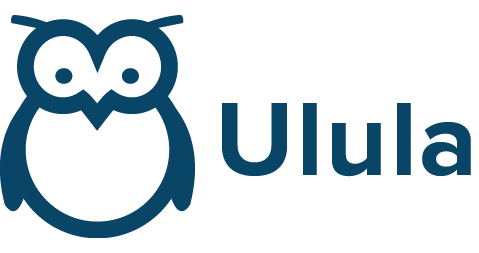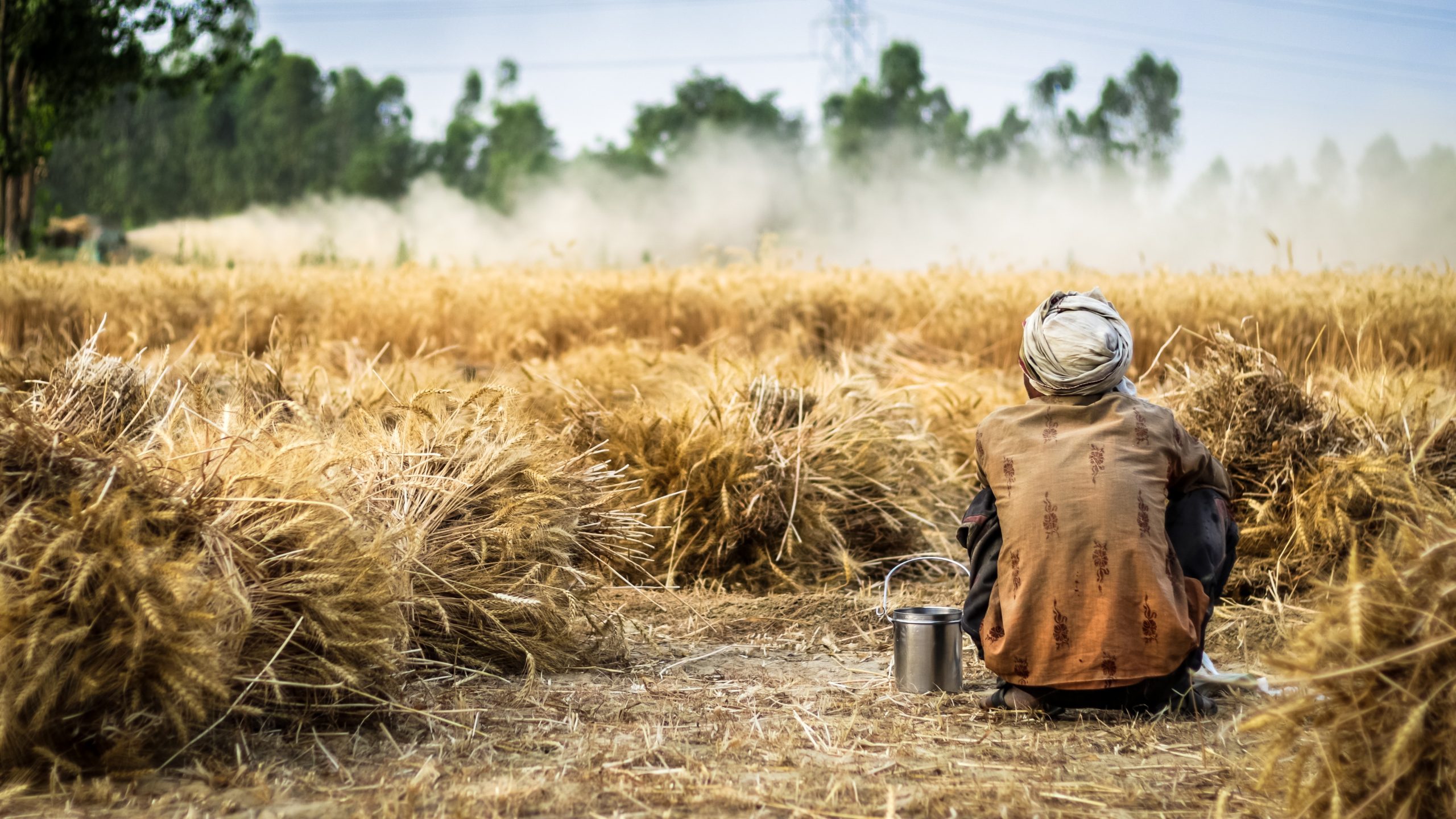This blog was originally published on Human Trafficking Search on Feb 4, 2020.
You have a friend who has a friend who was able to send enough money back home to his family and they now live in a nicer home. With few employment opportunities in your community, you find a person who introduces you to another person in the city who helps you sign documents and then connects you to another person who organizes your travel to a place where someone else welcomes you and takes you to your new employer. You are thousands of kilometers away from home, and the only other familiar face from your village seems to have been placed in another workplace. Your pay is not what you were promised; “Nothing is free,” says your new manager. You want to complain but you don’t know how and to whom. The savings you hoped you can send back home are not materializing; in fact if you leave now, you would have lost money. You can’t go back home with less than what you started with. You must work harder and things may get better.
2018 ILO statistics report that 164 million people around the world are migrant workers[1], who face particular vulnerabilities to labour abuse. Recruitment fees, passport retention, illegal wage deductions, lack of access to grievance channels, can all result in precarity that defines the experience of a modern day slave. Continuous movement of labour to accommodate peak seasons and changing economic trends further jeopardizes migrant workers’ ability to exercise their human right to dignified work.
Inclusive digital engagement coordinated with comprehensive and localized efforts can play an important role in addressing migrant workers’ labour risks. A 2018 paper analyzing the promise of technology to ameliorate migrant workers’ experiences concludes that “technology’s transformative potential will ultimately be realized through responsible and well-considered approaches that respond to migrant workers’ vulnerabilities and the structural drivers of exploitation[2].” Successfully integrated stakeholder engagement technology can be an effective conduit for change.
The agriculture sector, defined by rurality and high turnover owing to harvest seasons, can create ripe ground for labour rights violations. In the case of Mexico, NGOs report that workers are held in debt bondage while working on fields, indebted to recruiters or the companies that hire them. Estimates show that more than 375,000 people are exploited in forced labour in Mexico, yet between 2013 and 2017 only 1,500 forced labour survivors were identified[3]. Identification of forced labour is partly due to the grey zone in which exploitation for labour can exist; many workers do not identify their situation as one of compromised rights. Withholding of travel documents can be positioned as a form of safeguarding, or colossal wage deductions can be explained with the repayment of regulatory fees or room and board expenses.
Because migrant workers in the agriculture setting oftentimes lack the local support networks, being able to connect with support or receive and share information digitally can make all the difference. Polaris, a non-profit that works to reshape the systems that make sex and labor trafficking possible and profitable in North America, is building a coalition of local grassroots organizations in Mexico to reach workers in remote rural regions. Powered by Ulula’s offline and online feedback channels, Polaris and partners will provide a safe and anonymous way for workers to provide insights on the employment arrangements that increase their vulnerability to abuse. Those insights will shape a data set that helps illuminate how certain conditions put particular groups of workers at risk. Specifically, we are looking to better understand the risks facing agricultural workers who move from plantation to plantation following harvesting schedules under the supervision of jefes de cuadrilla, or crew leaders.
For international migrant workers, the challenges can be even greater as they navigate a new environment with unique linguistic, regulatory and cultural factors. Digital feedback mechanisms can be an effective tool to support workers’ migration journey from recruitment and training, throughout their travel, and to their placement abroad, to make sure that expectations are met and contracts are upheld. It occurs too frequently that when a worker arrives at their new place of work, they find their job’s requirements to differ quite significantly from what was promised. This can take the shape in excessive or irregular working hours, squalid accommodations or additional fees such as forced savings to prevent workers from changing employers[4].
Mobile phones are a prized possession for many migrant workers, to communicate with family and access resources about their new local environment. Workers can leverage technology as a salient gateway to information about rights and access to support in cases of concern especially where migrant worker support networks are well organized. In a recent project assessing the risks faced by migrant workers in Taiwan, we uncovered that workers continue to bear the brunt of recruitment fees despite employers’ efforts to engage sending and receiving labour agencies that comply with fair recruitment standards. Access to more information about fees or access to anonymous reporting mechanisms can shed light on these persistent challenges at scale.
There is an appetite among migrant workers to use accessible channels for communication, solidified by recent focus groups discussions we conducted with construction workers in the Middle East. Creating anonymous, multilingual and multi-channel tools is an achievable exercise of engineering, but building trust is the human element that is nuanced yet imperative in driving day-to-day adoption. Working with local partners, we will propel awareness-raising campaigns so that workers know of the mobile tools, but more importantly understand how their data will be used. Setting correct expectations and meeting those expectations is more important than the technology itself, and that is where social innovation and human-centered design approaches are essential.
Investors, industry associations, civil society organizations and international actors including private sector entities are expecting greater accountability and regulatory oversight in the monitoring of risks experienced by migrant workers worldwide. Unlike on-site assessments – which are significant yet occur infrequently and not always in the workplaces that require them most – digital technology can help organizations peak into workers’ experiences, both on a broad statistical level to inform legislation, policies and procedures and monitor their enforcement, but also on the individual worker level. Denouncing an abusive workplace should not carry a price tag high enough that discourages action – and while mobile alone is not the answer, it can certainly be a tool in the toolbox to redress working conditions for migrant workers worldwide.
[1] https://www.ilo.org/wcmsp5/groups/public/—dgreports/—dcomm/—publ/documents/publication/wcms_652029.pdf
[2] https://www.opensocietyfoundations.org/publications/transformative-technology-migrant-workers-opportunities-challenges-and-risks
[3] https://www.refworld.org/docid/5b3e0ad318.html
[4] https://digitalcommons.ilr.cornell.edu/cgi/viewcontent.cgi?article=2175&context=globaldocs

